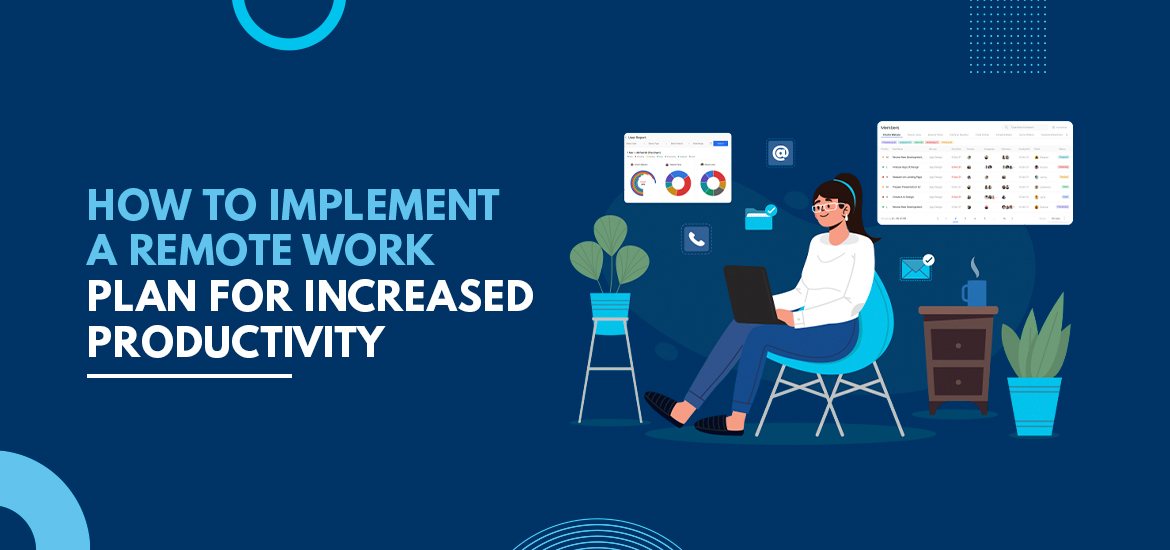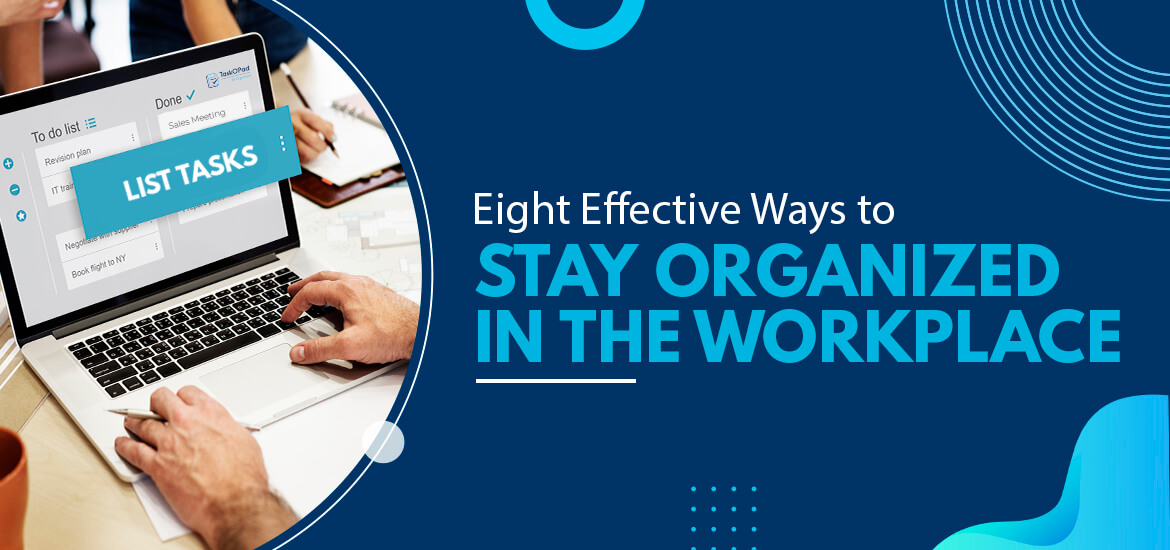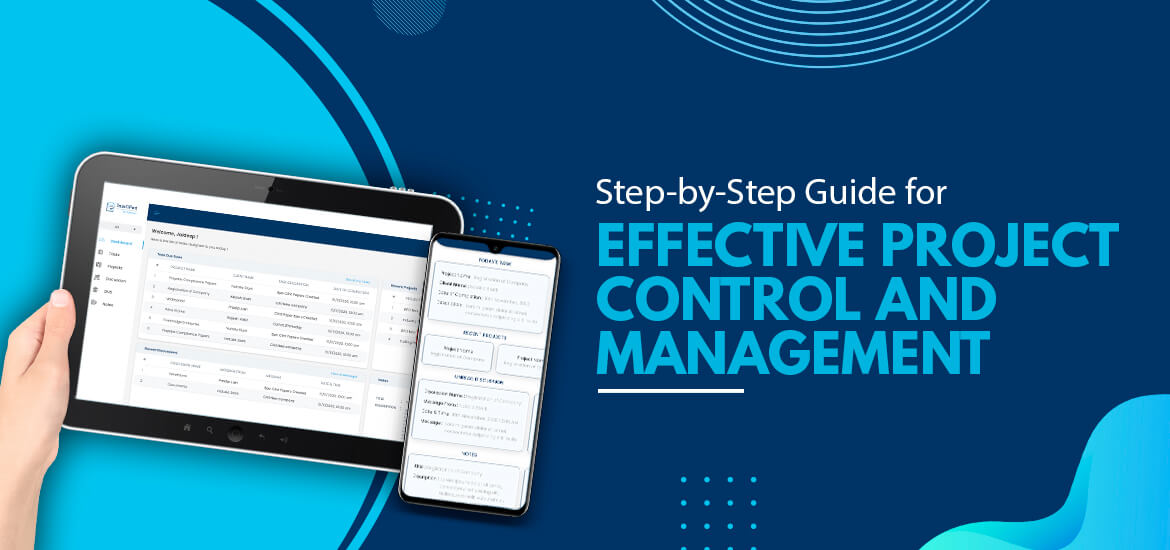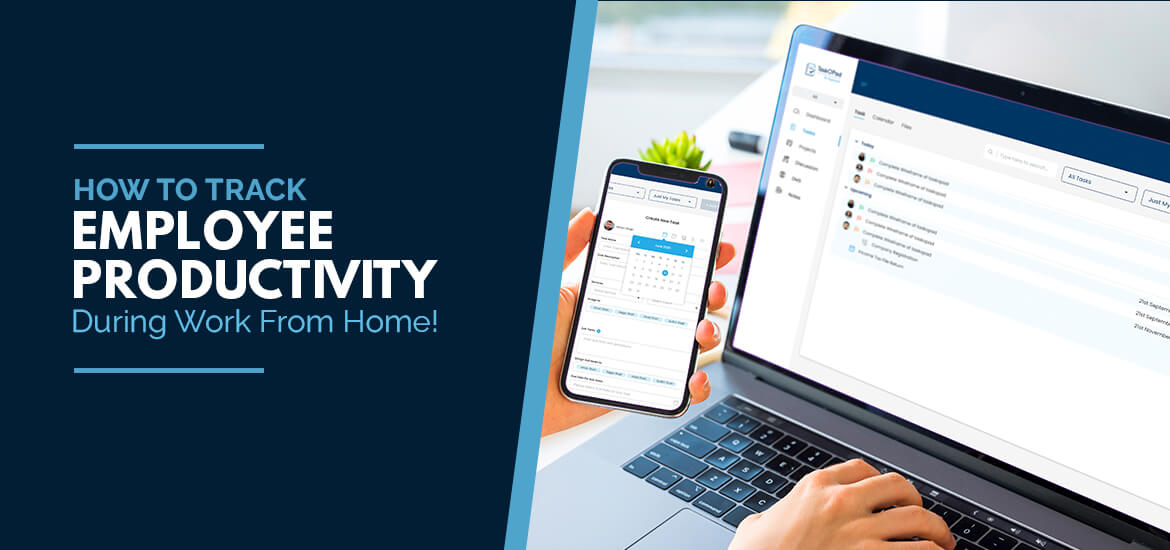
Remote Work Plan
How to Implement a Remote Work Plan for Increased Productivity
Jun 30th, 2022
Remote working has become the norm in recent years. Forced by the COVID pandemic, a majority of the workforce went back to home, and yet the businesses could manage thanks to a smooth transition towards remote work culture.
Catering to this paradigm shift in work culture, task management software can open a new horizon for completing tasks from home. However, implementing a remote work culture requires solid planning. Read along to find out top tips for implementing an effective remote work planner. But, before moving ahead, let’s define a remote work plan.
What is a Remote Work Plan?
A remote work plan is a document that defines a set of rules for work from home. It guides employees to overcome remote work challenges while helping them acclimatize to the new reality.
Transitioning to remote work hasn’t been this easy with the new-age project management software. Enforcing any remote work software may cause some initial hiccups. Your team might face some difficulties understanding the whole process. But, its implementation is essential to maintain the productivity of your team members while they work from the comfort of their homes.
How to Successfully Transit to Remote Working
Remote working has its own set of challenges. But if you follow some basic rules, you can make a successful transition to a fully remote workspace. Here are a few tips on how to create an effective remote work plan.
Select the Right Tool
First and foremost, you need to choose the right task management software. These cloud-based tools do not cost a small fortune. But selecting the one that suits your business model the most is a tough task. So, take the final decision after exploring all the options carefully.
An ideal task management tool should be easy to grasp and use. An easy-on-the-eyes user interface is a must. It should present all the vital features yet not be bloated with unnecessary ones. There should not be any roadblock to productivity caused by the software.
Start From the Top
Your top management group should lead the adoption of task management tool. If the leaders adapt to the new system, the rest of the workforce will follow suit.
Top management is the face of any company. They should take charge of motivating others to comply with the new rules of remote work. With guidance from the bosses, the rest of the employees will have an easy time getting accustomed to remote work software. Leaders can post their thoughts and suggestions on the open forum within the software. It will motivate others to adapt quickly.
Put Forth a Support Mechanism
Having the right support is an absolute necessity when learning something new. It is often seen that employees get demotivated as they fail to comprehend the new process flow, and this is true for remote employees as well. That’s why there should be a robust support system in place where employees can place their queries.
Senior managers and top executives should extend their helping hands. They are the ones having all-important experience. And getting time and resources from seniors will not only motivate the workforce, but will also enable them to perform better.
Establish Clear Guidelines
Getting success in a remote work environment depends a lot on discipline. Your remote work plan
won’t succeed unless you integrate a remote work tool, establish a clear set of guidelines and your employees follow them. There’s a high possibility of employees slacking off during work hours. To fend off the work evading nature, there should be some strict rules about TAT and virtual presence during work hours.
For example, an employee may frequently log in and log out, disrupting the workflow in the process. To avoid these tendencies, you need to plan a work schedule for each worker. The schedule might be flexible, but that shouldn’t elongate the agreed timeline. Also, you can reward those who diligently adhere to the norms.
Respect Employees’ Legal Rights
Just like any traditional office worker, remote workers should also get the same legal rights and employment benefits. Rights like overtime compensation and paid leaves apply to the people working from home. You should inform them about their duty hours beforehand. So that there won’t be any misunderstanding regarding the overtime compensation.
Also, you can closely monitor your employees during work hours. But you should inform them about the same. Task management software can assist you to serve this objective effectively and in real-time.
Provide Added Compensation
Moving to a WFH setup will cut back a lot of overhead expenses. Expenses like office rent, setup costs, and power consumption charges will no longer be on your balance sheet. You can transfer a bit of these savings to your employees during the annual appraisal.
Also Read : Five Must-Have Productivity App Features For Your Business
Many remote working companies nowadays are reimbursing the internet connection cost of their employees. This is a really good move, considering the internet is a must in a remote work setup. Moves like this will result in higher employee satisfaction that further results in maximizing the overall output.
Final Thoughts
Task management is a crucial aspect of any remote working organization, irrespective of size. In a remote working environment, stress and burnout can reduce the worker’s efficiency. This is where a well-organized task management app like TaskOPad comes to your rescue.
With TaskOPad, it becomes pretty easy to get real-time status updates on allotted tasks. It also enables you to share and store all work-related data in one place. You can easily make and execute a remote work plan using TaskOPad. So without further ado, request a demo now and emerge yourself into new possibilities that you have been missing until now.
Search by posts
Search by posts
Recent posts
6-17-2025
Task Management Software













